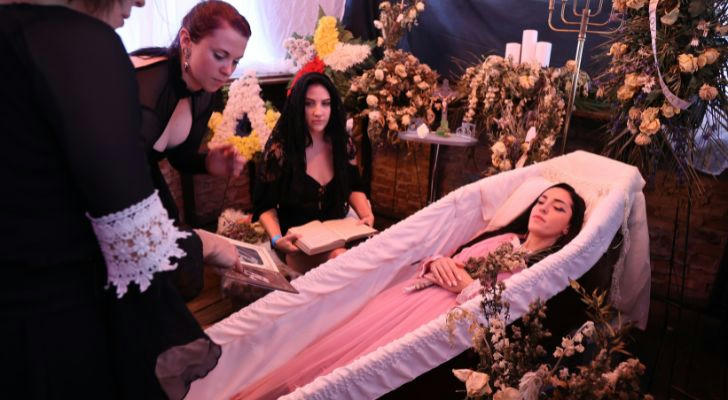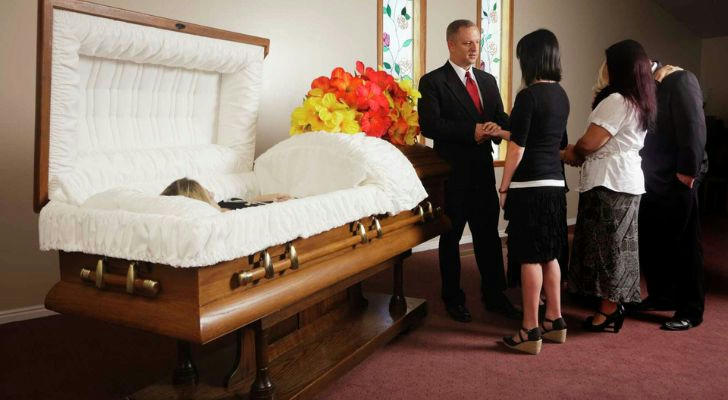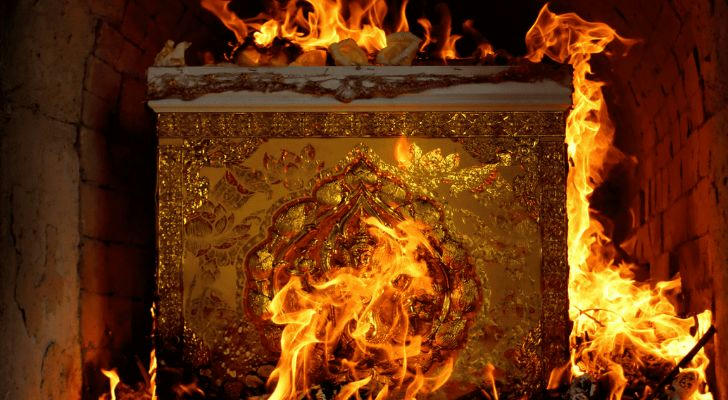The Role of a Mortuary Makeup Artist: Behind the Scenes of Restorative Art
The profession of a mortuary makeup artist, though unusual to some, is a critical and compassionate role within the funeral industry. These experts work to prepare the deceased for viewings and memorial services by applying makeup and performing restorative procedures. While often overlooked, this career is not only a mix of artistry and technical skill but also a delicate form of respect for both the deceased and their grieving families.

The Art of Healing Through Makeup
When most people think of makeup, they likely envision enhancing one's appearance to boost confidence or create a polished look for social events. However, for a mortuary makeup artist, makeup serves a much deeper purpose. Their primary goal is to restore a lifelike appearance to those who have passed, ensuring that the deceased look peaceful and natural for their loved ones.
Restorative artistry can involve more than just makeup. These artists might need to repair or camouflage physical imperfections caused by trauma, illness, or the natural process of decomposition. Techniques like sculpting the face to fill out sunken features, using special cosmetic products to cover bruising, or even reconstructing facial tissue are part of the job. A truly skilled mortuary makeup artist can make someone look as though they are merely sleeping, rather than deceased.
Why It Matters
In the United States alone, over 2.8 million people pass away each year, and many families opt to have their loved ones prepared for viewing at a funeral home. According to the National Funeral Directors Association, approximately 50% of all Americans choose to have a visitation or viewing before the burial or cremation. This tradition is a deeply emotional experience for families, providing a final opportunity to say goodbye. The work of a mortuary makeup artist plays a pivotal role in ensuring that this experience is as comforting and peaceful as possible.

For families dealing with the loss of a loved one, seeing the deceased presented in a calm, serene manner can help them process their grief and create lasting memories of their loved one in a peaceful state. A mortuary makeup artist’s skillful work provides a sense of closure, which is especially important in the healing process.
The Skills Behind the Profession
Becoming a mortuary makeup artist requires a combination of artistry, psychology, and technical know-how. Most professionals in this field first train in cosmetology or esthetics. Once they have a foundational understanding of beauty treatments, they must pursue specialized education in mortuary science and restorative art.
The process is more intricate than one might think. Mortuary makeup artists use a specific palette of products, including waxes, pigments, and prosthetics, to achieve a lifelike appearance. This work requires a strong understanding of human anatomy and facial features to ensure that the makeup applied doesn’t just cover up but instead complements the natural structure. Attention to detail is crucial because each person’s features are unique.
While makeup is the most common part of the job, restorative techniques can also involve more complex procedures, like repairing tissue damage using silicone or creating realistic hair replacements for bald areas. The ability to remain calm, professional, and sensitive to the emotional needs of grieving families is an essential aspect of this job.
The Challenges Faced by Mortuary Makeup Artists
Though this job is deeply rewarding, it comes with its own set of challenges. The pressure to create a lifelike appearance is immense, as the artist is often dealing with a family’s final memory of their loved one. In cases where there has been a traumatic death, the artist may need to work with difficult or damaged features, which requires a steady hand and a great deal of emotional resilience.
Another challenge faced by mortuary makeup artists is the need for flexibility. The work can be unpredictable in terms of timing, and the artist may have to work under tight deadlines, especially when there is a quick turnaround for funeral services. In addition, long hours, often on weekends or during holidays, can make this profession demanding.
Despite these difficulties, many artists find great satisfaction in the emotional impact of their work. Providing grieving families with a peaceful memory of their loved one is a powerful motivator, as is the opportunity to apply their skills in such a unique and meaningful way.
A Growing Demand
The demand for mortuary makeup artists continues to grow as the funeral industry evolves. As cultural attitudes towards death and grief change, more families are opting for personalized services, which often include custom makeup and restorative artistry. With the rise of cremation rates and non-traditional funerals, there is an increasing need for professionals who can provide specialized services to meet diverse cultural and personal preferences.

According to the National Funeral Directors Association, over 56% of Americans now choose cremation over burial, a shift that often leads families to seek more creative and personalized services. This trend has resulted in an increasing demand for professionals who can create personalized and restorative looks, even when cremation is chosen. Many families still want a viewing before cremation, which requires the delicate artistry of mortuary makeup professionals.
Conclusion
While it may not be a well-known career choice, being a mortuary makeup artist is an essential and fulfilling profession. These individuals not only bring their technical skills and artistry to the table but also offer families a sense of peace and closure during one of life’s most difficult moments. For those who have the right blend of compassion, creativity, and technical skill, this profession can provide both emotional rewards and a steady demand as the funeral industry continues to adapt to the needs of modern families. In the end, it's more than just makeup—it’s about offering dignity and respect to both the deceased and those left behind.
